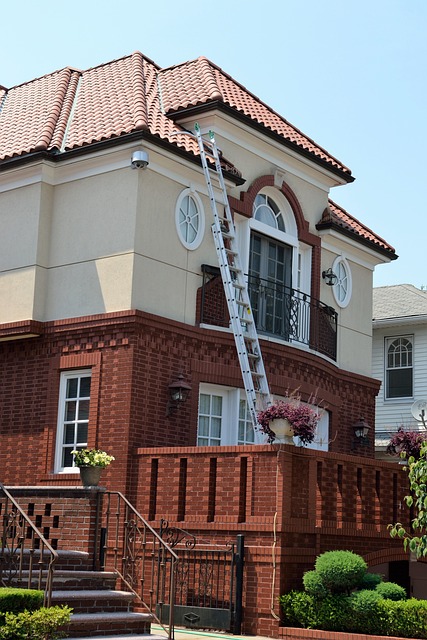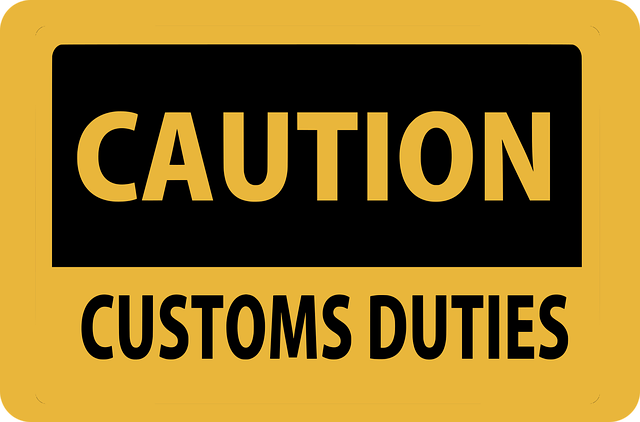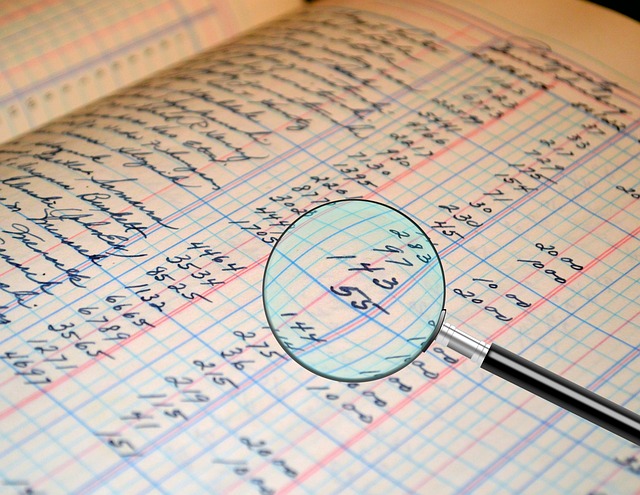Assessing a property's physical condition is crucial in real estate for informed decision-making by buyers and investors. This involves a visual inspection noting damage, unusual smells, mold, or pests, followed by a detailed analysis of structural elements like foundation integrity, water damage, doors, windows, and mechanical systems. A comprehensive visual inspection includes scrutinizing signs of damage, wear, and potential underlying issues that could affect property value or safety, necessitating early intervention to prevent costly repairs. Regular inspections are vital for older properties or those in disaster-prone areas to enhance building worth, ensure occupant security, and avert significant future expenses.
In the realm of real estate, identifying structural or mechanical problems is paramount for property sustainability and safety. This comprehensive guide navigates through the process of assessing a property’s physical condition, highlighting critical areas such as visual inspections, structural integrity checks, and detecting mechanical malfunctions. By understanding common issues like foundation problems, roof damage, and plumbing/electrical concerns, homeowners and investors can implement effective strategies including regular maintenance programs and professional inspections to prevent costly repairs and foster long-term sustainability.
Assessing Physical Condition: A Step-by-Step Guide

Assessing a property’s physical condition is crucial in the real estate sector, helping buyers and investors make informed decisions. Here’s a straightforward guide to navigate this process:
1. Visual Inspection: Start by conducting a thorough walk-through of the property. Look for visible signs of damage or wear, such as cracked walls, leaky roofs, damaged flooring, or faulty fixtures. Note any unusual smells, mold, or signs of pest infestation. This initial observation provides a baseline understanding of the building’s health.
2. Detailed Analysis: Go beyond the surface by examining key structural elements. Check foundation integrity, ensuring there are no cracks or uneven surfaces. Inspect walls and ceilings for any signs of water damage or settlement. Assess the condition of doors and windows, testing their functionality and looking for gaps that could indicate poor insulation. Pay close attention to mechanical systems like HVAC units, checking for regular maintenance and identifying potential inefficiencies or outdated components.
– Visual Inspection: What to Look For

When conducting a visual inspection for structural or mechanical problems in real estate, pay close attention to visible signs of damage or wear and tear. Look for cracks in walls, floors, or ceilings—even small ones can indicate deeper issues. Check for uneven flooring, which might suggest foundation problems. Observe any visible misalignments in doors or windows, as these could be symptoms of structural instability. Additionally, inspect the exterior for loose siding, rotted wood, or damaged roofing, as these are common indicators of mechanical failures that require immediate attention.
Don’t overlook signs of moisture intrusion, like stained or peeling paint, which often point to leaks in the roof or walls. Look for water damage marks or musty smells inside the property—both could be red flags for significant structural problems or poor ventilation. During your inspection, also check for proper drainage around the building; inadequate drainage systems can lead to foundation and basement issues over time. Remember, a thorough visual scan is a crucial step in identifying potential problems before they become costly repairs.
– Structural Integrity Check

In the realm of real estate, ensuring structural integrity is paramount for any property’s longevity and safety. A comprehensive check should be conducted to identify potential issues that may compromise the building’s stability. This involves examining key components like foundation, walls, floors, and roof for cracks, unevenness, or signs of wear. Advanced technology, such as moisture meters and structural sensors, can aid in detecting subtle anomalies, ensuring no latent problems go unnoticed.
Regular inspections are crucial, especially in older properties or those situated in areas prone to natural disasters. By addressing structural integrity issues early, real estate investors and owners can prevent costly repairs, enhance the building’s value, and ensure the safety of occupants. This proactive approach not only saves resources but also contributes to a more robust and resilient real estate market.






